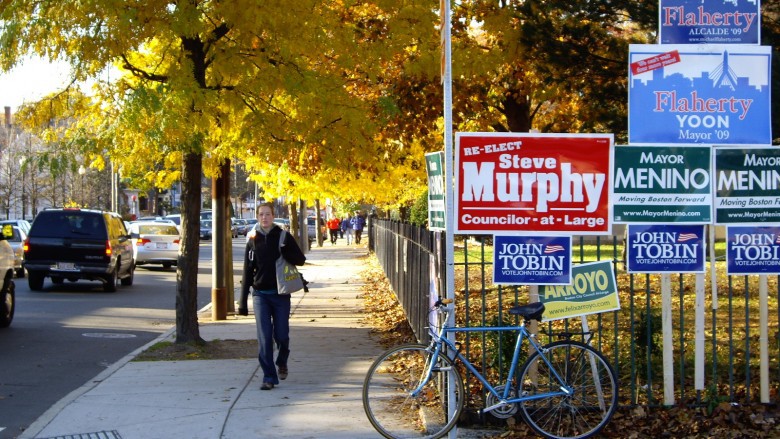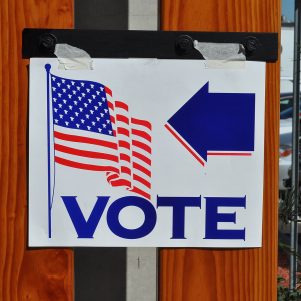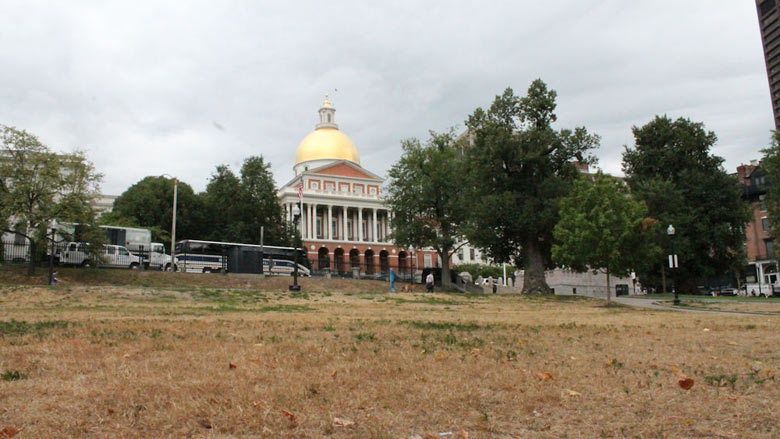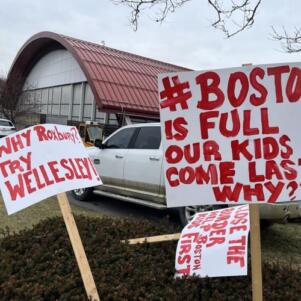Boston’s low voter turnout reflects a national trend
By Lizzie Short | November 13, 2015, 5:00 EST
 In 2009, amid then-Mayor Thomas M. Menino’s last bid for re-election, Boston voter turnout was about 31 percent. (Photo courtesy of Wikipedia.org)
In 2009, amid then-Mayor Thomas M. Menino’s last bid for re-election, Boston voter turnout was about 31 percent. (Photo courtesy of Wikipedia.org) Boston’s City Council elections last week recorded the lowest voter turnout in recent years, clocking in at 14 percent, or less than half the proportion who came to the polls in 2013. Yet participation has been above the basement-level national average of late.
In Boston’s election two years ago, which drew about 38 percent of registered voters to the polls, a mayoral race topped the ticket. In a city with a powerful mayor’s office, such contests often boost turnout. And in comparison to most U.S. cities, Boston’s 2013 turnout was above average.
Voting rates of less than 50 percent aren’t unique to Boston, or Massachusetts. In one study of 340 mayoral elections in 144 U.S. cities from 1996 to 2012, turnout averaged just under 26 percent, according to FairVote, a nonprofit group in Takoma Park, Maryland. Voter participation is typically highest in presidential elections, peaking at just over 60 percent nationwide, The Atlantic magazine reported earlier this month.
In off-year elections for Congress, turnout usually drops. Just 36 percent of eligible voters nationwide went to the polls in November 2014, the lowest level in over 70 years, according to the New York Times.
The low participation rate in Boston’s municipal election last week may be reflective of national trends, but something else may be causing people to pass by the polls.
Nancy Macmillan has called Beacon Hill home for 50 years and was one of the approximately 50,800 city residents who voted Nov. 3.
“I have never missed voting in any election, even if everybody’s unopposed and there’s nothing really to vote for,” Macmillan said in an interview on Charles Street this week. “I regard it as my civic responsibility.”
Macmillan knows that her view is somewhat unusual among Bostonians.
“I’m quite ashamed of my local precinct because there’s no reason that the voting percentage is as low as it is,” she said. “These are well-educated young men and women who have jobs that would allow them to take off enough time to go vote between 7 in the morning and 8 at night.”
Low turnout in her neighborhood likely stems from its youthful and often transient residents, Macmillan said. “Most of them don’t have families yet and so they’re not invested in the city the way people are once they’re looking more at schools and things like that.”
But there may be other reasons why voter turnout is low for City Council elections, she said, such as its relative weakness compared with the mayor’s office.
“Really, the council has very limited powers,” Macmillan said.
The next municipal election, in 2017, will feature a mayoral vote, though whether it will be a competitive race remains to be seen. For many of his record five terms in the office, starting in 1993, the late Thomas M. Menino often cruised to reelection.
While 2017 turnout may be higher than this year, transience, youth, and political apathy likely will continue to affect numbers on election day.
“One of the disturbing and remarkable features of the practice of American electoral politics is that, in some ways, the whole system seems designed to reduce turnout rather than to encourage participation,” Alexander Keyssar, a Harvard University professor, said in a 2012 interview posted on the Kennedy School of Government’s website. “I think that political managers who run elections and plan campaigns these days actually prefer to have a known and tidy and not very volatile electorate.”










